Home>Garden Essentials>How Long Do Flax Seeds Last
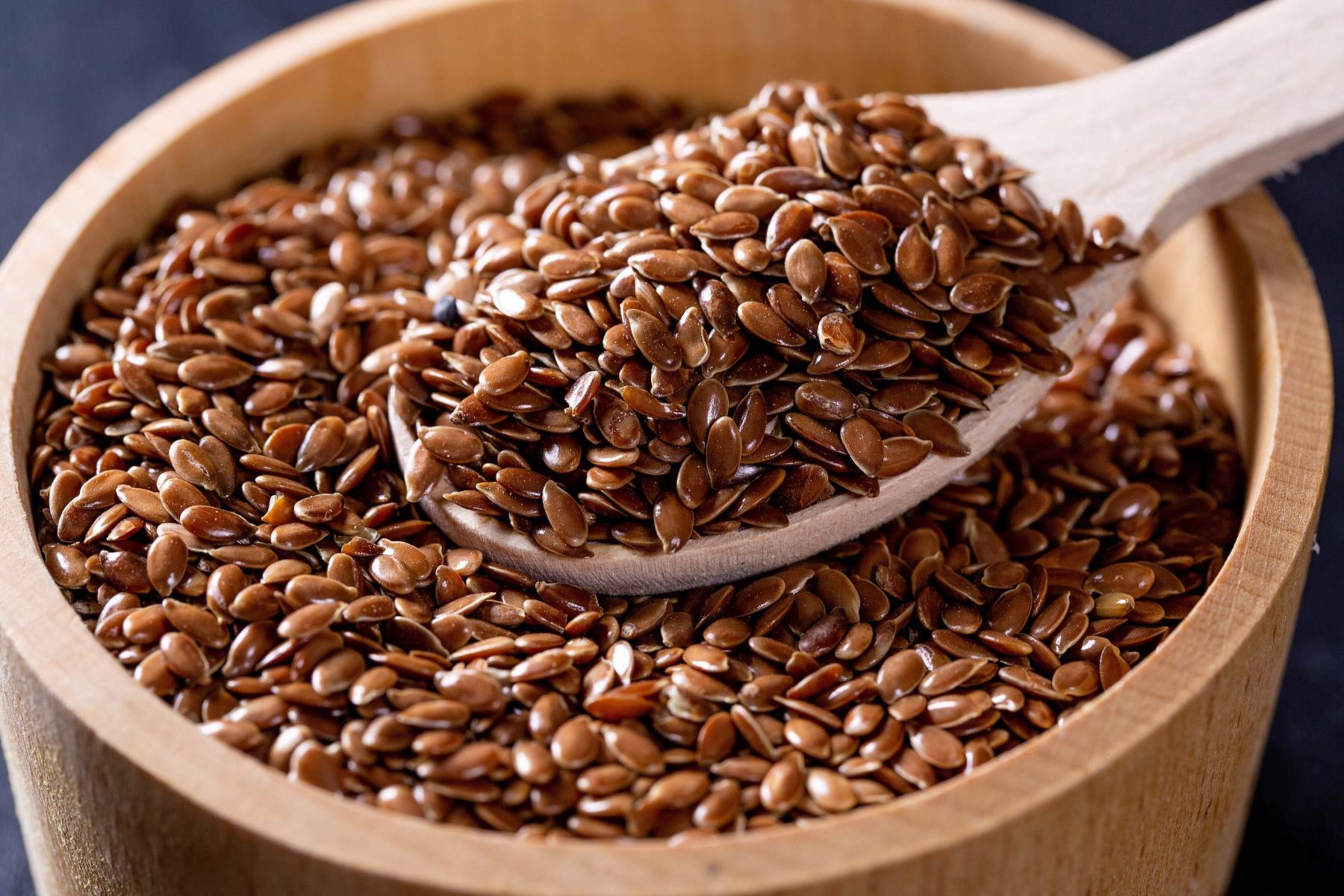

Garden Essentials
How Long Do Flax Seeds Last
Modified: March 24, 2024
Discover how long garden flax seeds last and learn valuable tips on storing them to maintain their freshness.
(Many of the links in this article redirect to a specific reviewed product. Your purchase of these products through affiliate links helps to generate commission for Storables.com, at no extra cost. Learn more)
Introduction
Flax seeds, also known as linseeds, are tiny powerhouse seeds packed with numerous health benefits. They are rich in omega-3 fatty acids, fiber, protein, and various vitamins and minerals. Incorporating flax seeds into your diet can improve digestive health, lower cholesterol levels, promote heart health, and aid in weight management. However, like many other food items, flax seeds have a limited shelf life and can spoil if not stored properly. In this article, we will explore the factors affecting the shelf life of flax seeds and provide tips on how to store them correctly to ensure their freshness and quality.
Key Takeaways:
- Keep flax seeds fresh by storing them in airtight containers in a cool, dark place, away from moisture and heat. Regularly check for signs of spoilage to ensure safe consumption.
- To extend the shelf life of flax seeds, buy in small quantities, keep them whole, and store in the freezer for long-term freshness. Use dark, airtight containers and avoid excessive heat for optimal preservation.
Read more: How Long Does Flax Seed Meal Last
Factors Affecting the Shelf Life of Flax Seeds
The shelf life of flax seeds is influenced by several key factors that can impact their freshness and quality over time. Understanding these factors can help you ensure that your flax seeds stay fresh for as long as possible. Let’s take a closer look at the main factors that affect the shelf life of flax seeds:
Moisture
Moisture is one of the most critical factors when it comes to the shelf life of flax seeds. Exposure to moisture can cause the seeds to become rancid and develop mold, significantly reducing their shelf life. To prevent moisture absorption, store flax seeds in an airtight container in a cool and dry place. Avoid storing them in areas where moisture is present, such as near the sink or refrigerator.
Light
Exposure to light can also accelerate the deterioration of flax seeds. The UV rays in sunlight can break down the healthy fats present in the seeds, leading to a loss of flavor and nutritional value. To protect flax seeds from light, store them in a dark or opaque container and keep them away from direct sunlight.
Temperature
Temperature plays a crucial role in maintaining the freshness of flax seeds. Excessive heat can cause the seeds to go rancid and lose their nutritional benefits. It is best to store flax seeds in a cool environment with a stable temperature. Avoid storing them in warm places such as near the stove or oven.
Read more: How Long Do Caraway Seeds Last
Oxygen
Oxygen exposure can lead to oxidation, which can degrade the quality of flax seeds. When storing flax seeds, try to minimize their exposure to oxygen as much as possible. Opt for airtight containers or vacuum-sealed bags to prevent air from reaching the seeds and causing them to spoil.
Quality of Seeds
The quality of the flax seeds at the time of purchase also affects their shelf life. Always choose fresh, high-quality seeds from a reputable source. Check the packaging for any signs of damage or excessive moisture. Quality seeds have a better chance of maintaining their freshness for a longer period.
By considering these factors and implementing proper storage practices, you can extend the shelf life of your flax seeds and ensure that they remain fresh and nutritious for as long as possible.
Storing Flax Seeds
Proper storage is crucial for maintaining the freshness and quality of flax seeds. Here are some tips on how to store them correctly:
Airtight Containers
Transfer your flax seeds to an airtight container to protect them from moisture and air exposure. Glass jars with tight-fitting lids or food-grade plastic containers with secure seals are excellent options. Make sure the container is clean and completely dry before adding the seeds to prevent any moisture from getting trapped inside.
Read more: How Long Do Cumin Seeds Last
Cool and Dry Place
Store your flax seeds in a cool, dry place away from direct sunlight and heat sources. A pantry or kitchen cabinet is ideal for this purpose. Make sure the storage area is well-ventilated to prevent any accumulation of moisture.
Refrigeration
While not necessary, refrigerating flax seeds can help prolong their freshness and extend their shelf life. Place the airtight container with the flax seeds in the refrigerator to keep them cool and away from light. This method is especially recommended if you live in a hot and humid climate.
Freezing
If you have a large quantity of flax seeds or want to store them for an extended period, freezing is an option. Place the seeds in an airtight container or resealable freezer bags and label them with the date. Frozen flax seeds can last for up to a year without significant loss of flavor or nutritional value.
Grinding Before Use
If you prefer to consume ground flax seeds for better nutrient absorption, it is best to grind them just before use. Whole flax seeds have a longer shelf life compared to ground ones. Keep the whole seeds stored following the guidelines mentioned above and grind them using a coffee grinder or blender as needed.
Remember to check the storage container regularly for any signs of moisture or spoilage. If you notice any mold, off-putting odor, or discoloration, discard the flax seeds immediately as they may be unsafe for consumption.
Following these storage tips will help you maintain the freshness and nutritional benefits of flax seeds for as long as possible.
Read more: How Long Do Seed Packets Last
Signs of Spoiled Flax Seeds
Knowing how to identify the signs of spoiled flax seeds is vital for ensuring food safety and avoiding the ingestion of rancid or contaminated seeds. Here are some common indicators that your flax seeds may have gone bad:
Off Odor
One of the first signs of spoiled flax seeds is a strong, foul odor. Fresh flax seeds have a mild, nutty scent, but if you notice a sour or rancid smell, it is a clear indication that the seeds have gone bad. Trust your sense of smell and discard any flax seeds with an off-putting odor.
Discoloration
Healthy flax seeds have a dark brown color with a shiny appearance. If you notice any discoloration, such as patches of yellow, green, or white, it signifies that the seeds have deteriorated. Discolored flax seeds may indicate mold growth or oxidation, both of which can make the seeds unsafe for consumption.
Mold Growth
If you spot any visible mold growth on your flax seeds, it is crucial to discard them immediately. Mold can pose serious health risks, and consuming moldy seeds can lead to food poisoning or allergic reactions. Mold growth appears as fuzzy patches or spots on the seeds and is a sure sign of spoilage.
Read more: How Long Is Flax Seed Good For
Bitter Taste
Fresh flax seeds have a mildly nutty and slightly sweet flavor. However, if you notice a bitter or unpleasant taste when you bite into the seeds, it could indicate spoilage. A bitter taste is often associated with rancidity, caused by the oxidation of the healthy fats in flax seeds.
It is important to note that consuming spoiled flax seeds can lead to digestive issues, such as stomach cramps, nausea, or diarrhea. If you experience any adverse symptoms after consuming flax seeds, it is advisable to consult a healthcare professional.
To minimize the risk of consuming spoiled flax seeds, always inspect them before use. Look for any signs of off odor, discoloration, mold growth, or a bitter taste. If you have any doubts about the freshness or safety of the seeds, it is best to err on the side of caution and discard them.
By being aware of the signs of spoiled flax seeds, you can protect your health and enjoy the nutritional benefits of fresh and safe seeds.
Extending the Lifespan of Flax Seeds
While flax seeds do have a limited shelf life, there are several measures you can take to extend their lifespan and preserve their freshness. Here are some tips to help you maximize the shelf life of your flax seeds:
Buy in Small Quantities
Flax seeds are best when consumed within a reasonable timeframe. To ensure their freshness, it’s advisable to purchase flax seeds in smaller quantities. This way, you can use them up before they have a chance to go bad.
Keep Them Whole
If you want to prolong the shelf life of your flax seeds, consider keeping them in their whole form until needed. Whole flax seeds have a longer shelf life compared to ground ones, as grinding exposes the seeds to air and increases the chances of oxidation. Grind only the amount you need just before use to retain their freshness.
Read more: How Long Do Aerogarden Seed Pods Last
Store in the Freezer
If you anticipate not using your flax seeds within a few months, freezing is an excellent option to extend their shelf life. Place the seeds in an airtight container or resealable freezer bags and store them in the freezer. When properly stored, flax seeds can last for up to a year in the freezer without significant loss of quality.
Use Dark, Airtight Containers
Dark containers or opaque packaging can protect flax seeds from light exposure, which can degrade their nutritional value. Store flax seeds in airtight containers made of glass or food-grade plastic to prevent moisture, air, and pests from reaching the seeds. Make sure the container is tightly sealed to maintain freshness.
Avoid Excessive Heat
High temperatures can cause the healthy fats in flax seeds to go rancid. To prevent this, store them in a cool environment away from heat sources like stoves, ovens, or direct sunlight. A pantry or kitchen cabinet is an ideal location for storing flax seeds, keeping them cool and dry.
Inspect Regularly
Make it a habit to regularly inspect your flax seeds for any signs of spoilage, such as off odor, discoloration, or mold growth. Even stored under optimal conditions, flax seeds can still go bad over time. Discard any seeds that show signs of spoilage to avoid consuming potentially harmful or rancid seeds.
By following these practices, you can extend the lifespan of your flax seeds and enjoy their nutritional benefits for a longer period. Remember to always trust your senses and prioritize safety when it comes to consuming flax seeds.
Read more: How Long Do Baked Pumpkin Seeds Last
Conclusion
Flax seeds are a nutritious and versatile addition to any diet. With their rich content of omega-3 fatty acids, fiber, protein, and various vitamins and minerals, they offer numerous health benefits. However, to fully experience these benefits, it is important to understand how to properly handle and store flax seeds to preserve their freshness and quality.
Factors such as moisture, light, temperature, oxygen, and the initial quality of the seeds can significantly impact the shelf life of flax seeds. By storing them in airtight containers, preferably in a cool and dry place, you can protect them from moisture, light, and heat exposure. Refrigeration or freezing can be beneficial for extended storage, especially in hot and humid climates or when storing larger quantities.
Recognizing the signs of spoiled flax seeds, such as off odors, discoloration, mold growth, or a bitter taste, is essential for maintaining food safety. Regular inspections and proper storage techniques can help you avoid consuming rancid or contaminated seeds that can lead to health issues.
To maximize the lifespan of flax seeds, it is advisable to purchase them in smaller quantities and keep them in their whole form until needed. Grinding the seeds just before use can help maintain their freshness for a longer period. Dark, airtight containers and a cool storage environment are key elements to protect flax seeds from degradation.
Remember, flax seeds are best enjoyed when they are fresh and nutritious. By implementing proper storage practices and being mindful of the signs of spoilage, you can extend the shelf life of flax seeds and continue to reap their health benefits.
So, go ahead and incorporate flax seeds into your meals and snacks, knowing that you can store and use them with confidence, keeping them fresh and delicious in every bite.
Frequently Asked Questions about How Long Do Flax Seeds Last
Was this page helpful?
At Storables.com, we guarantee accurate and reliable information. Our content, validated by Expert Board Contributors, is crafted following stringent Editorial Policies. We're committed to providing you with well-researched, expert-backed insights for all your informational needs.
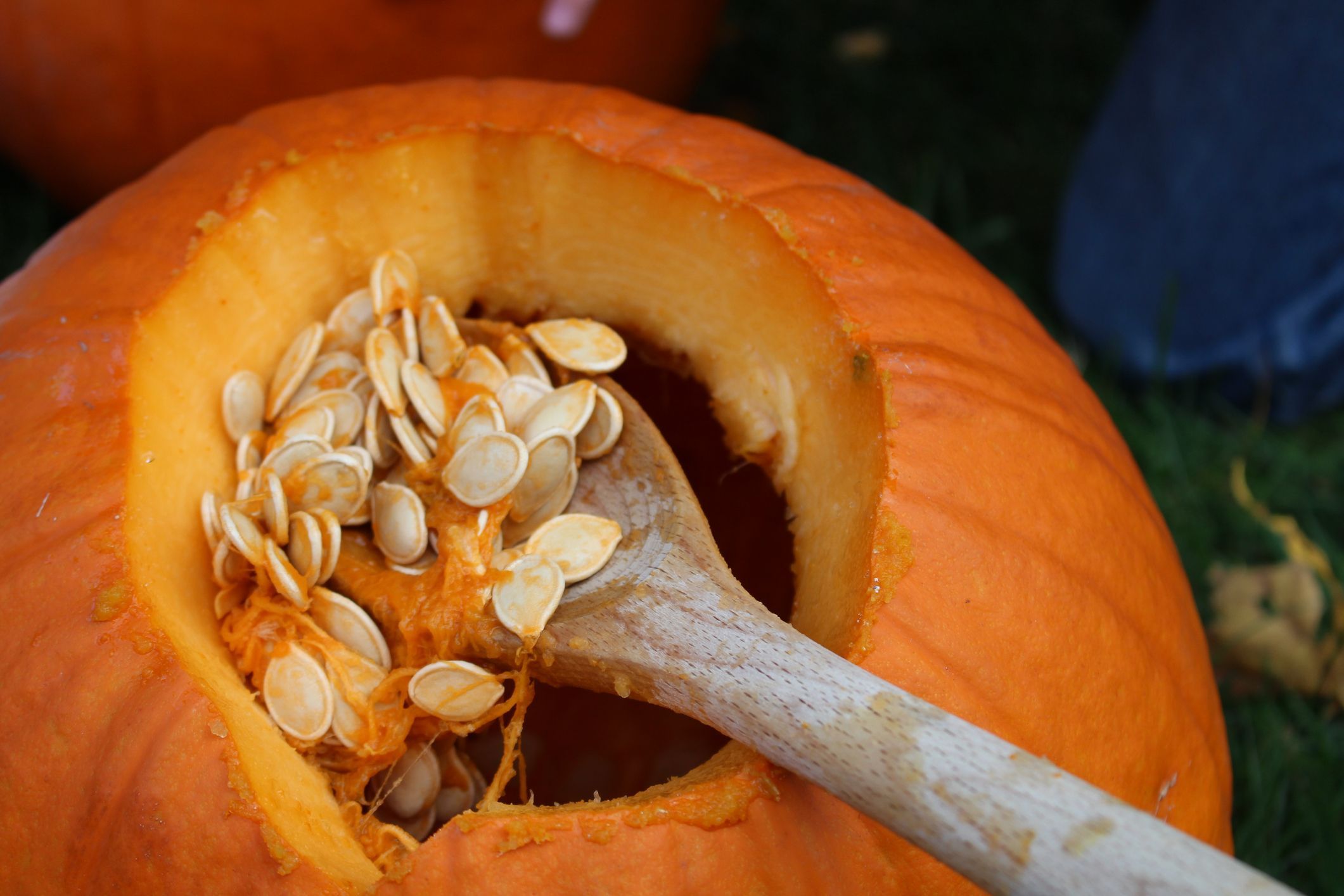
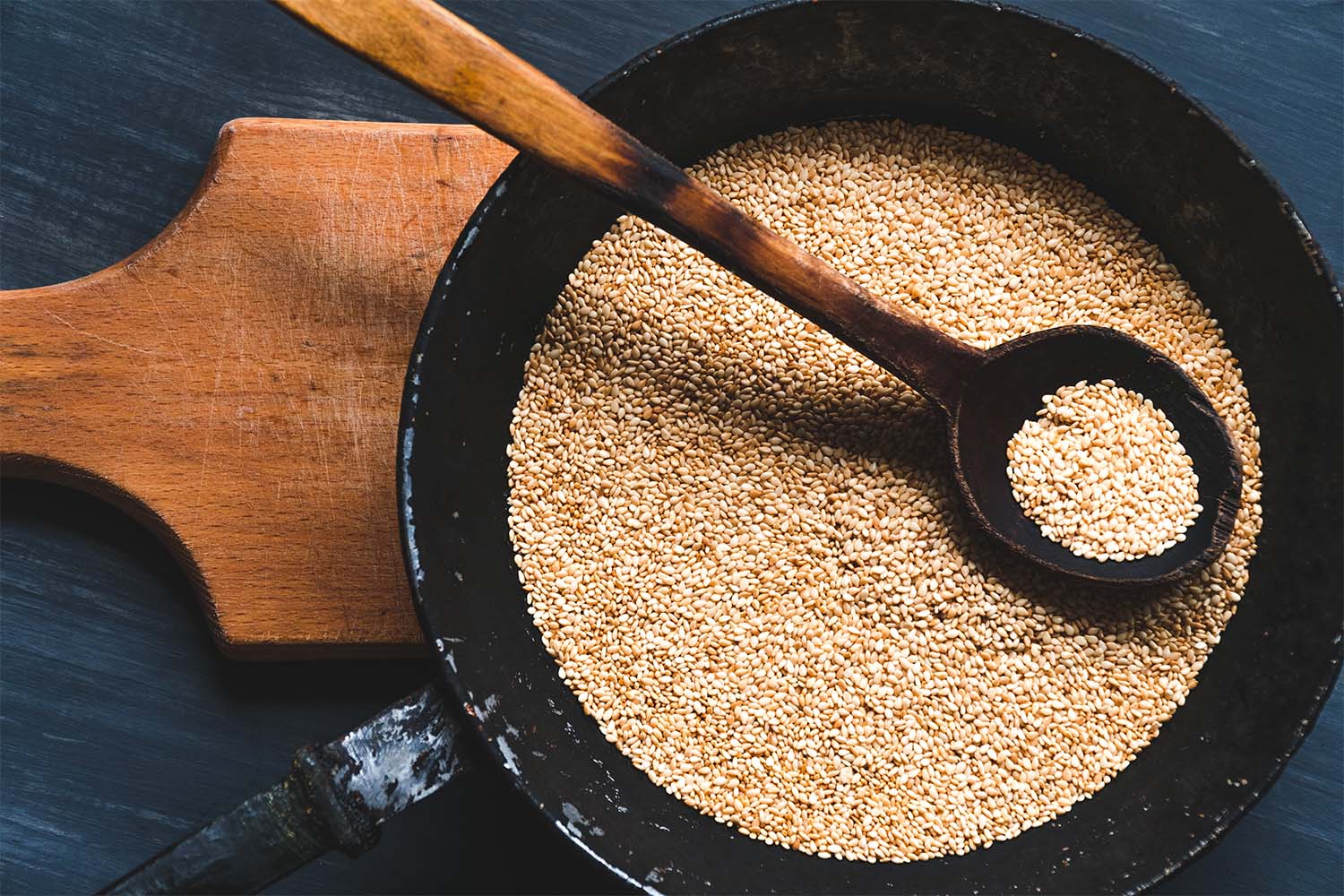
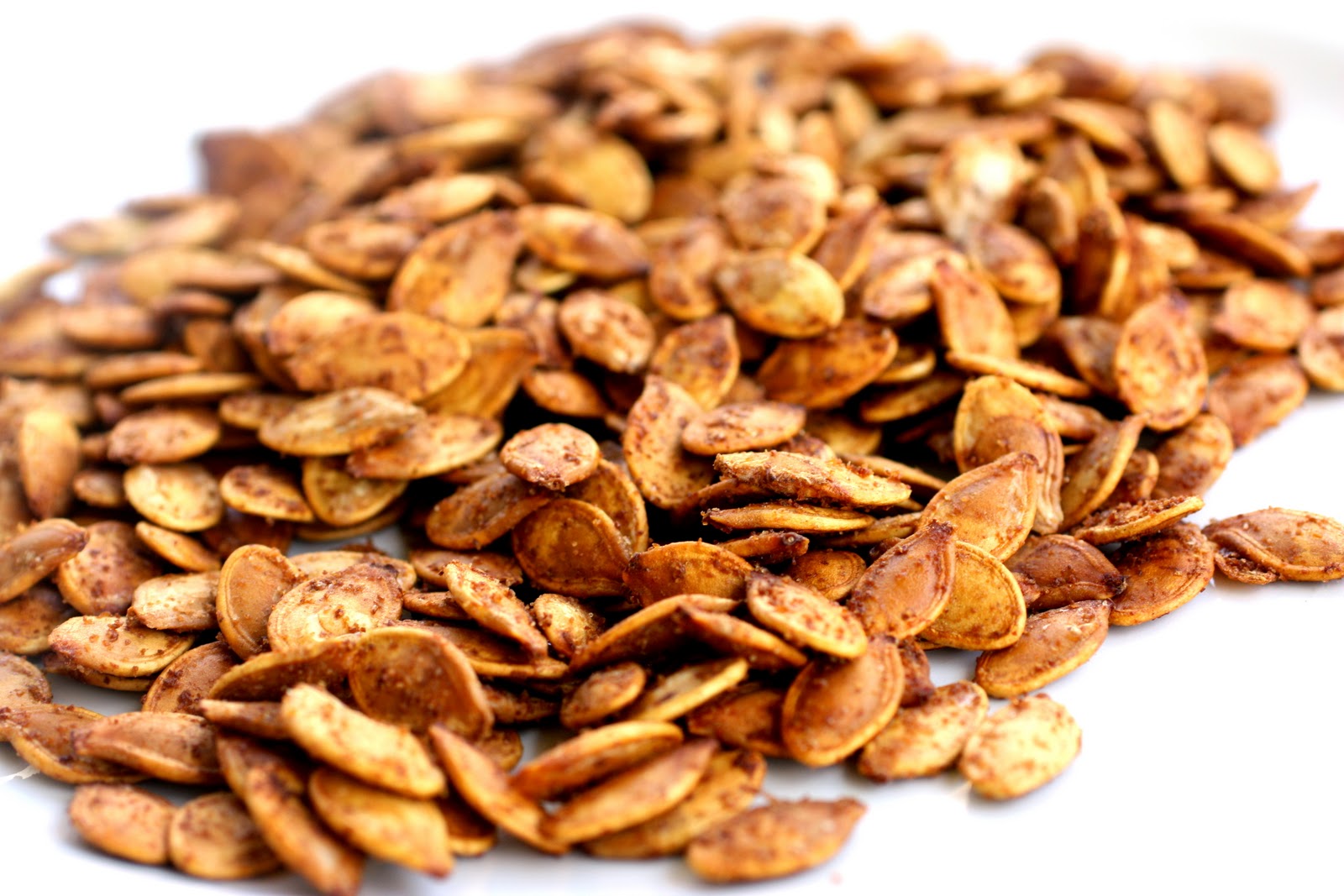
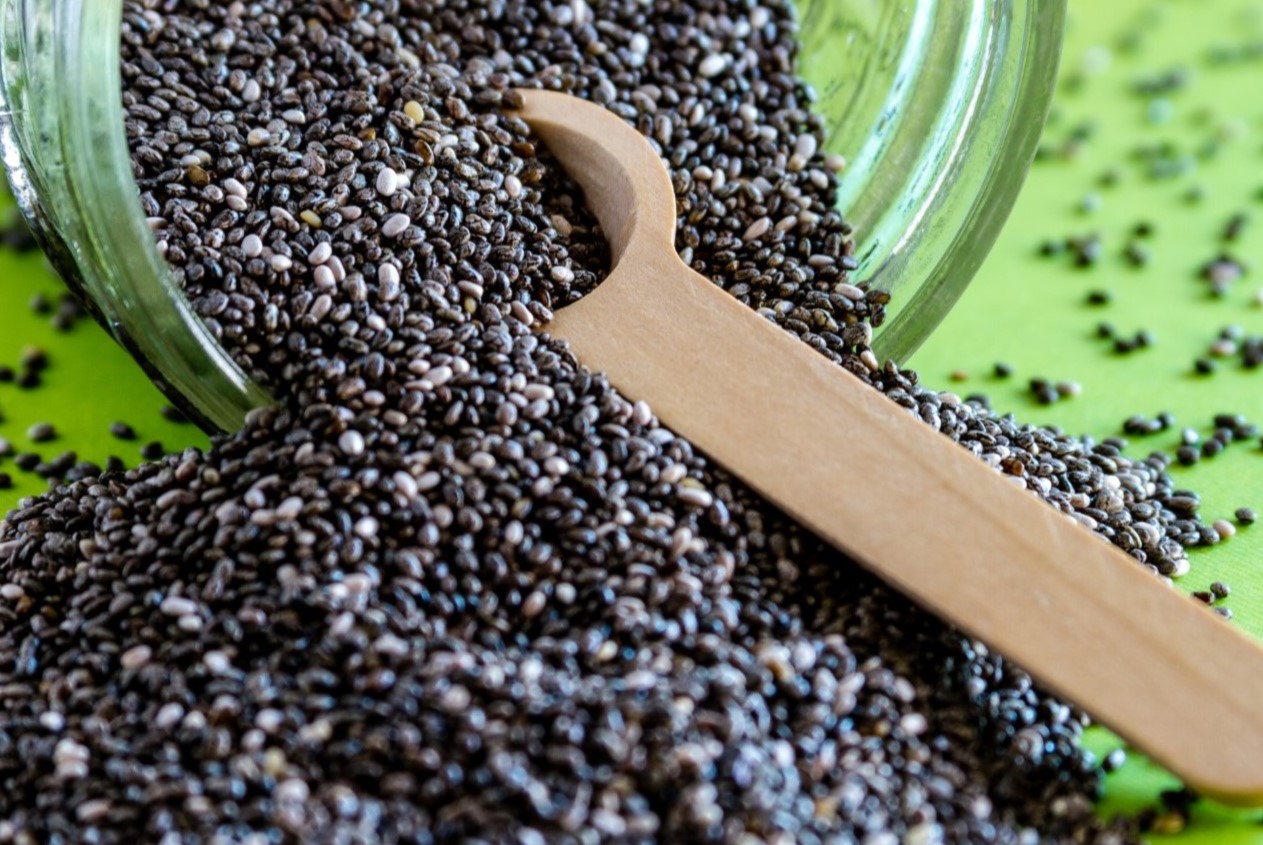
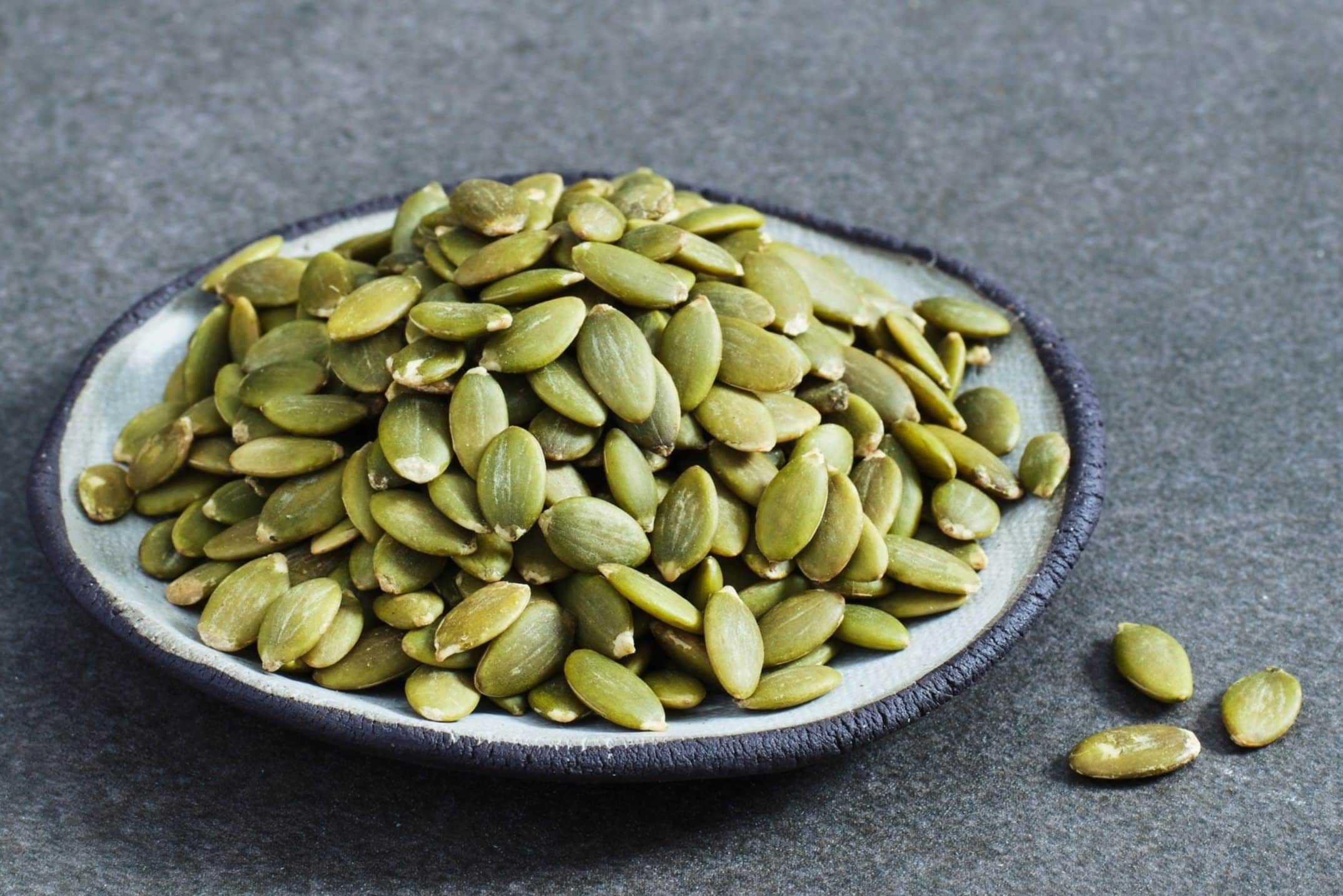
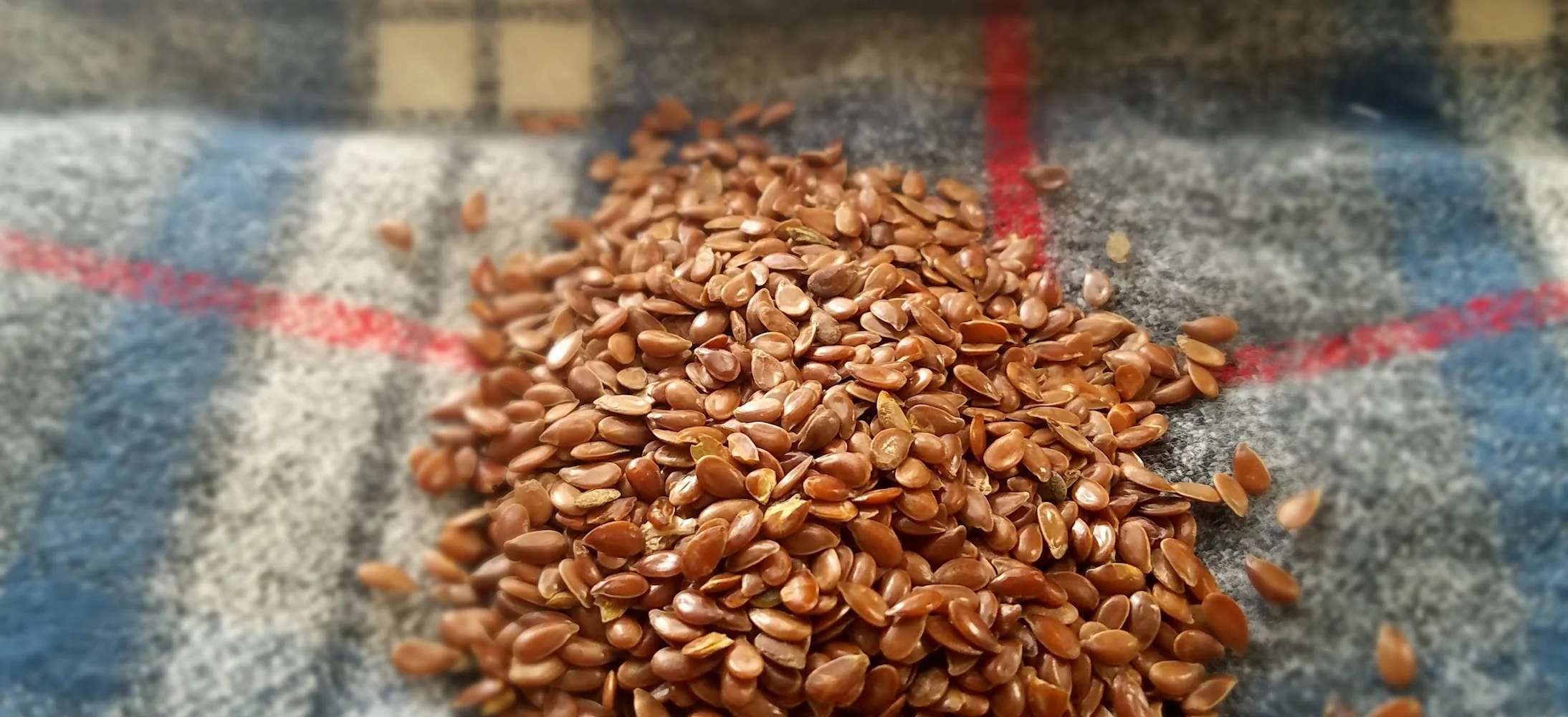
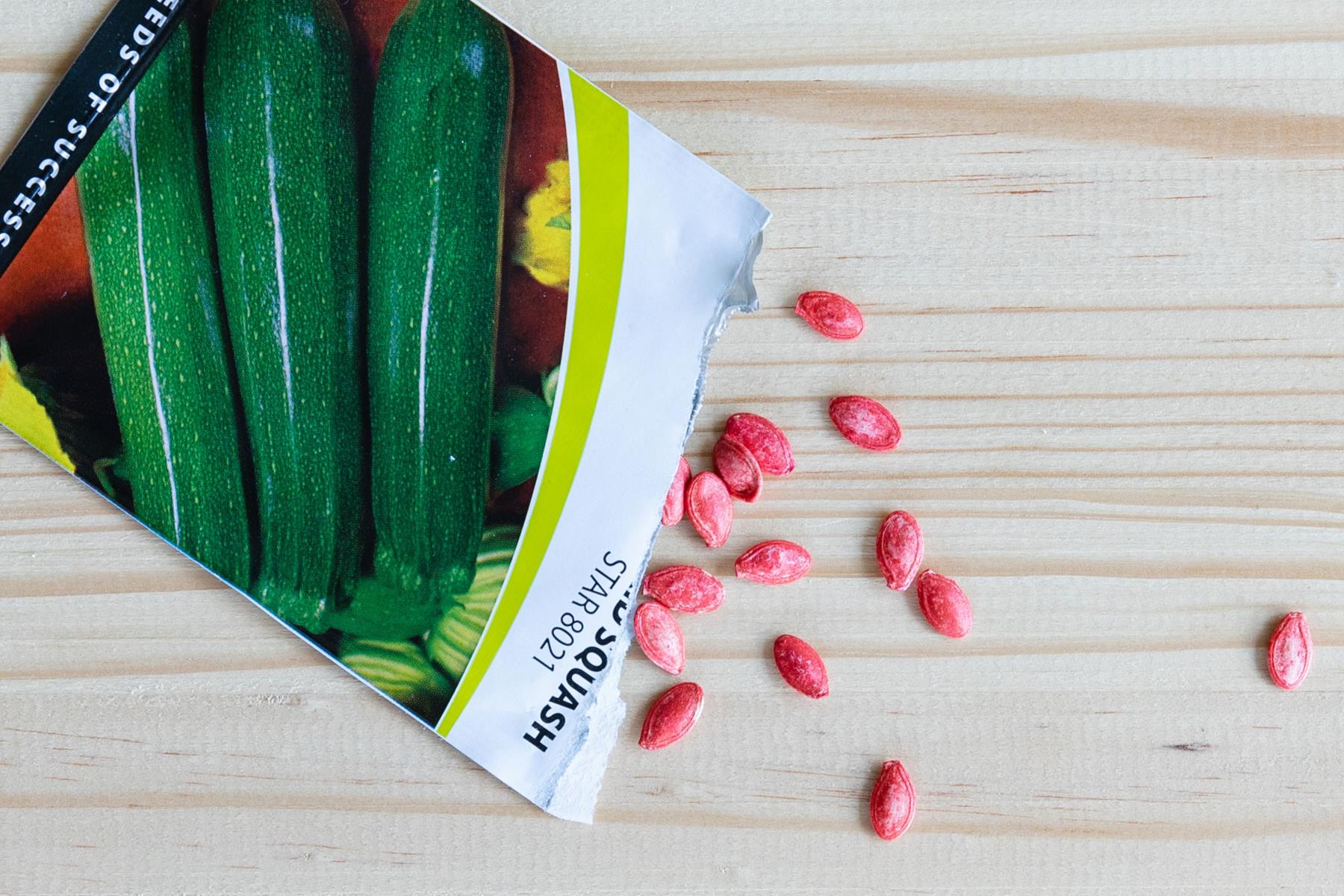
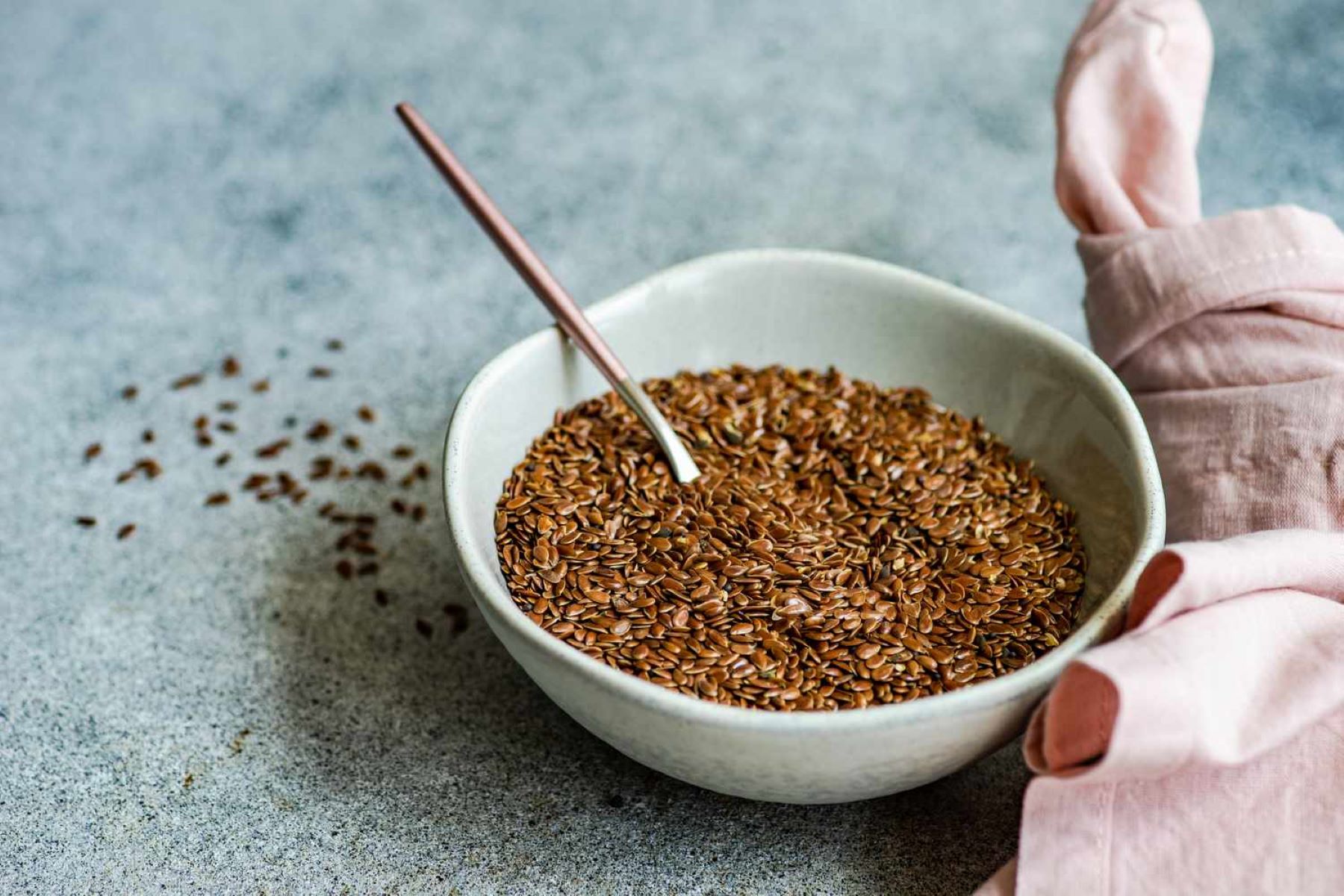
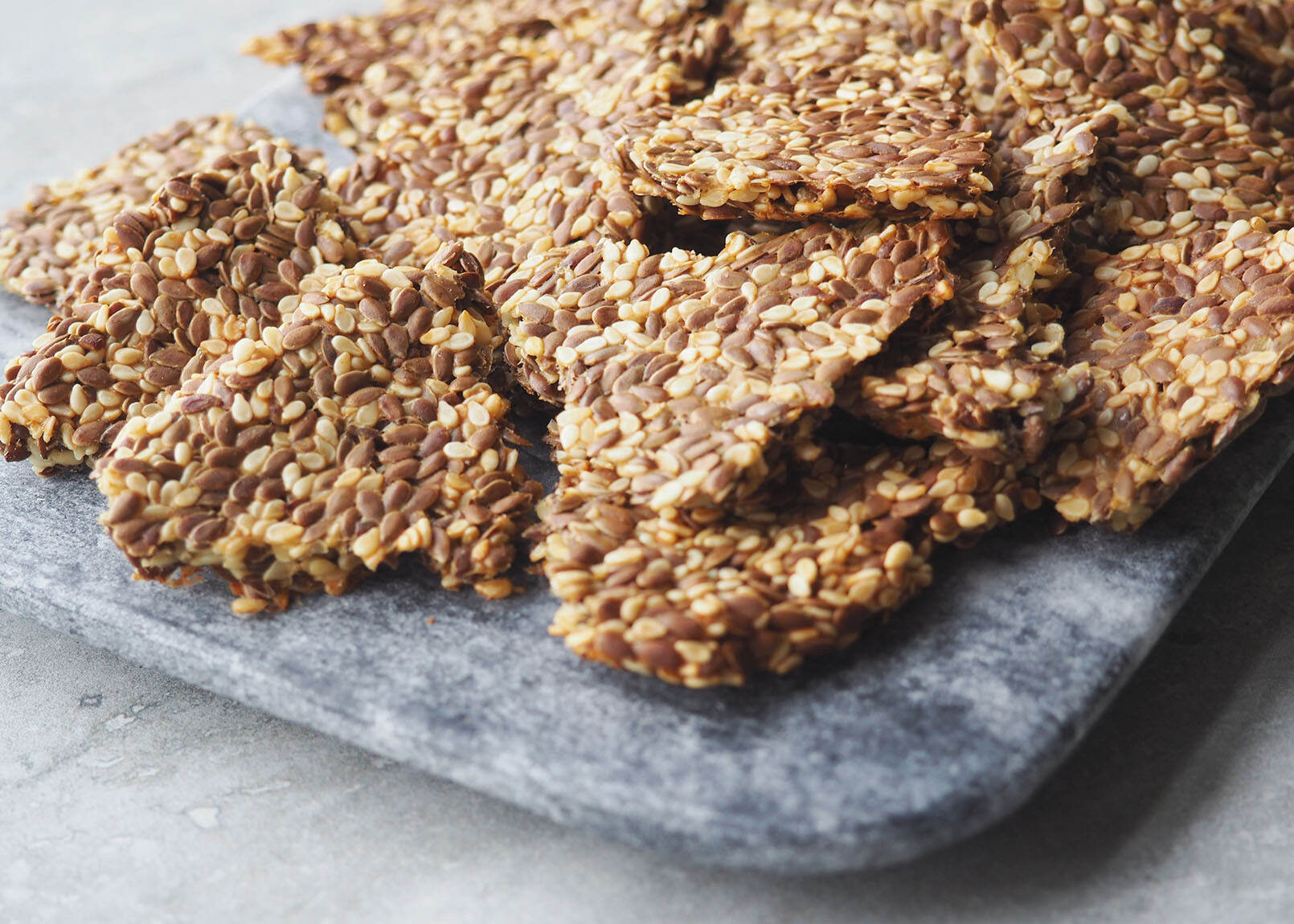

0 thoughts on “How Long Do Flax Seeds Last”